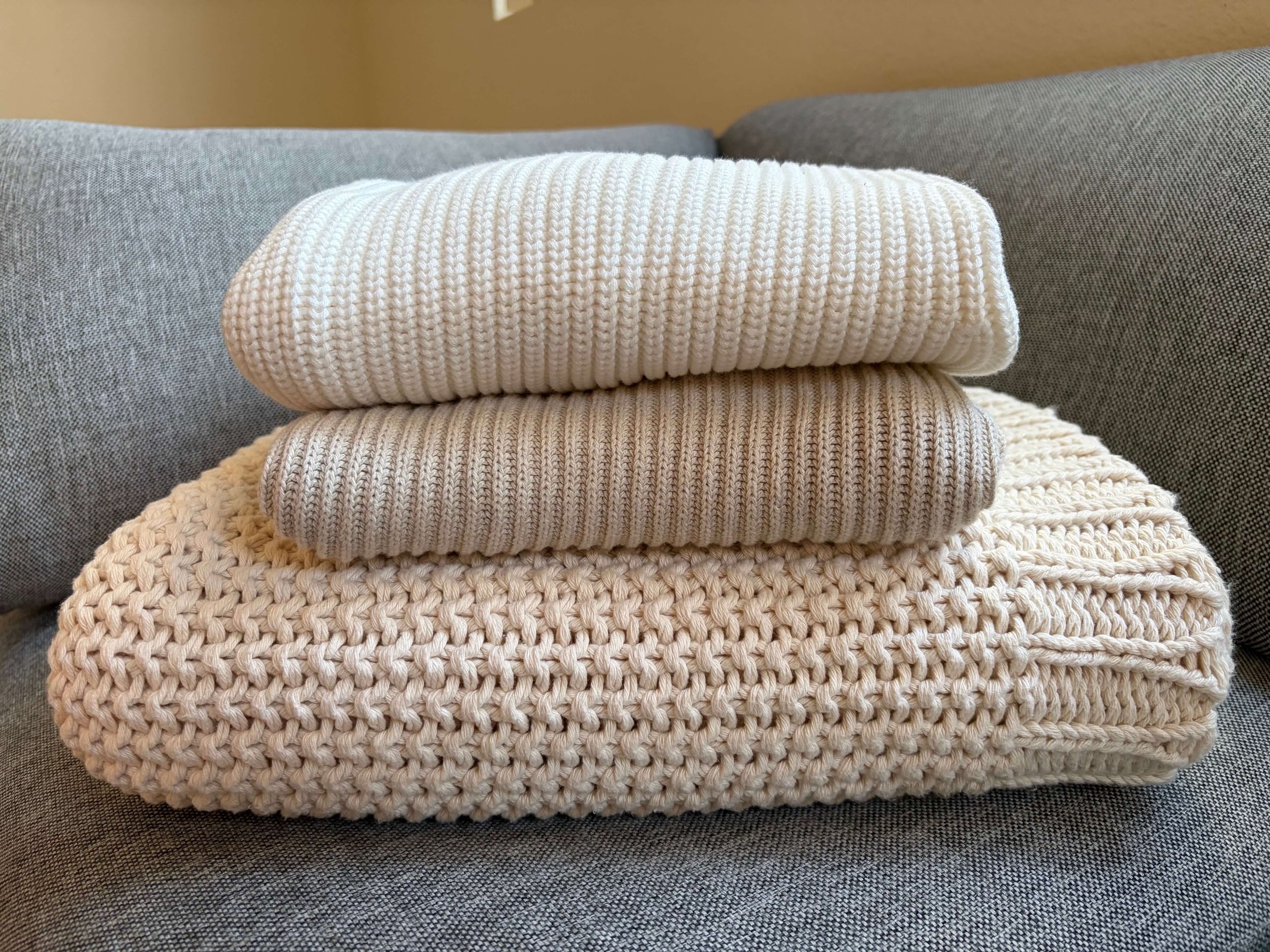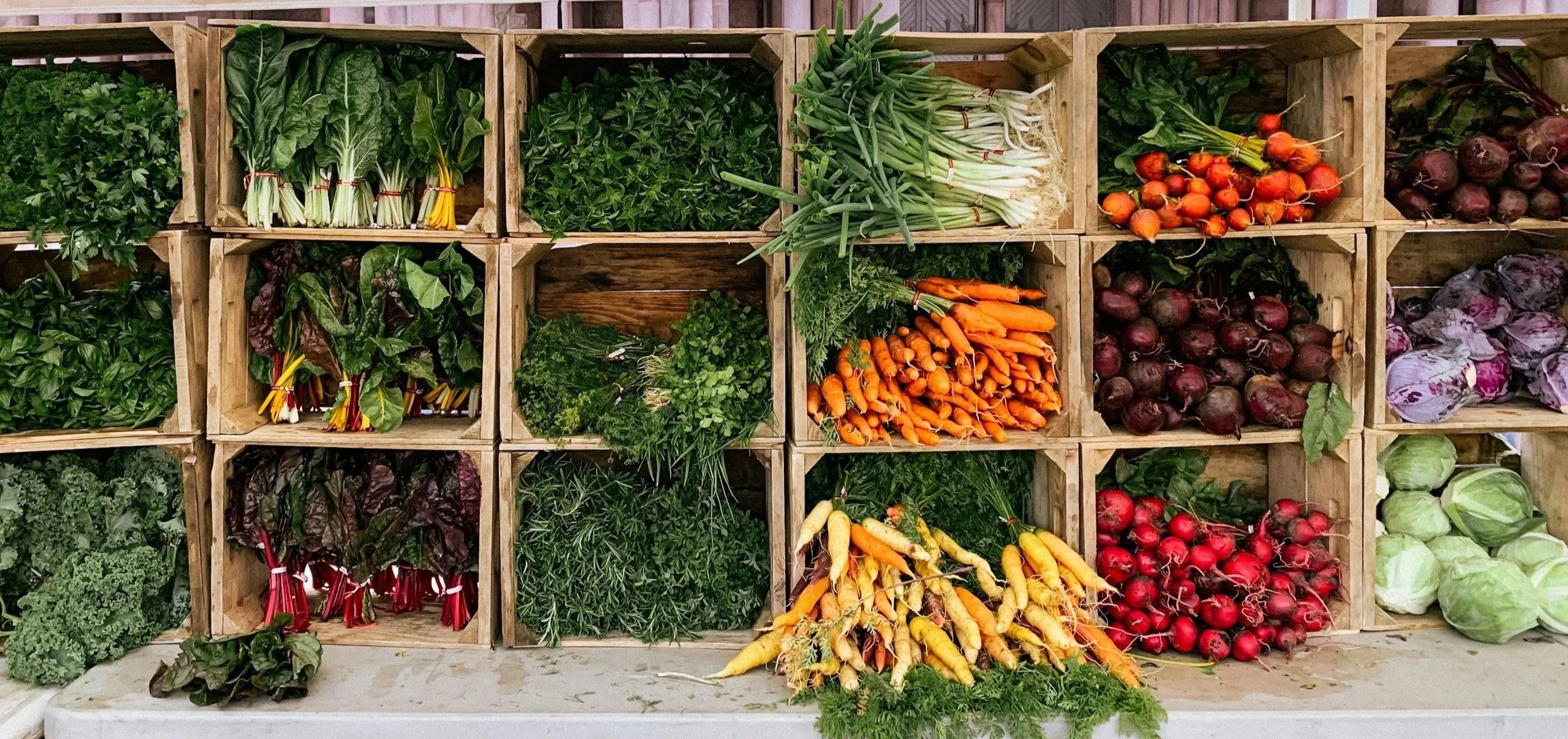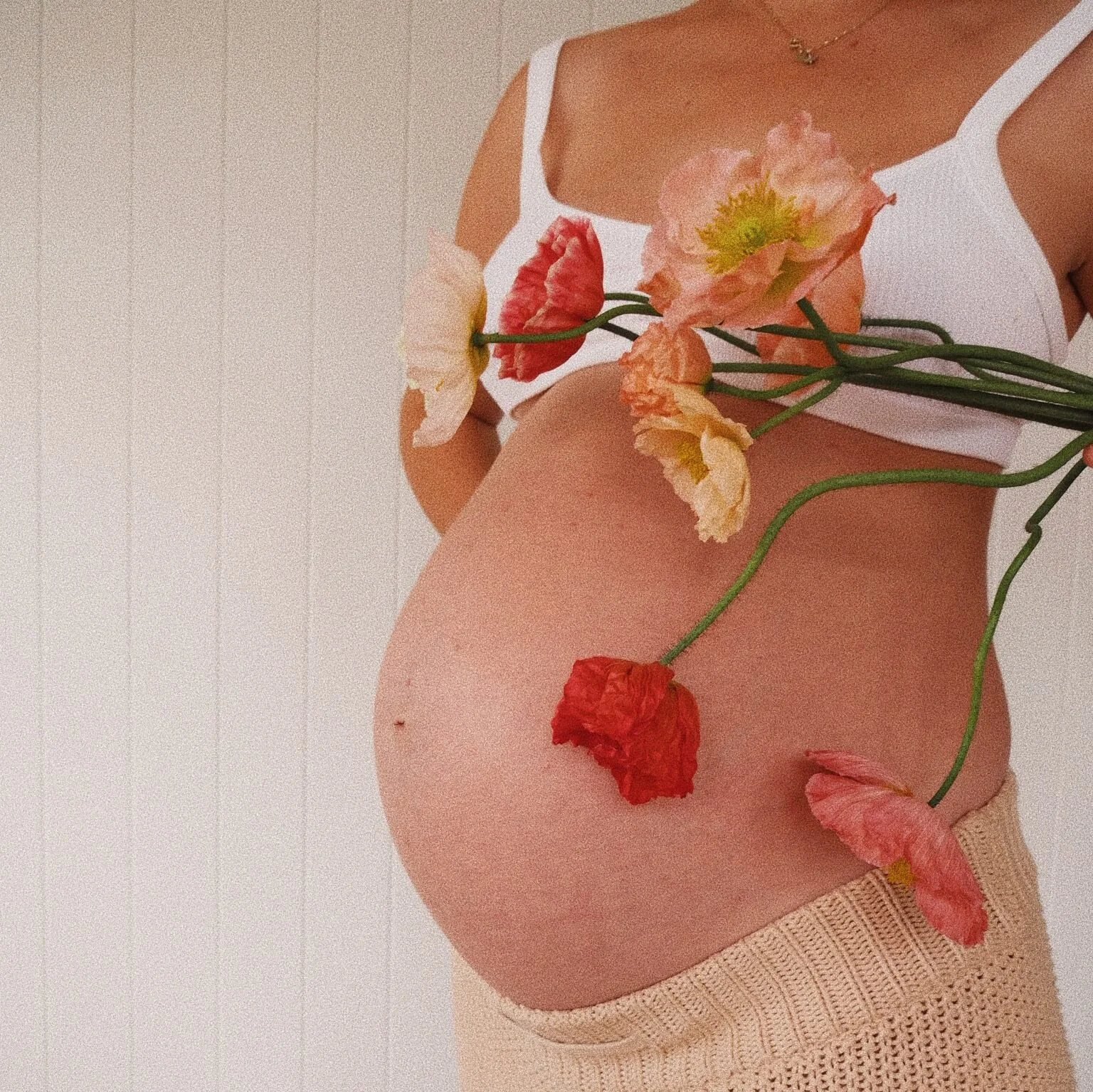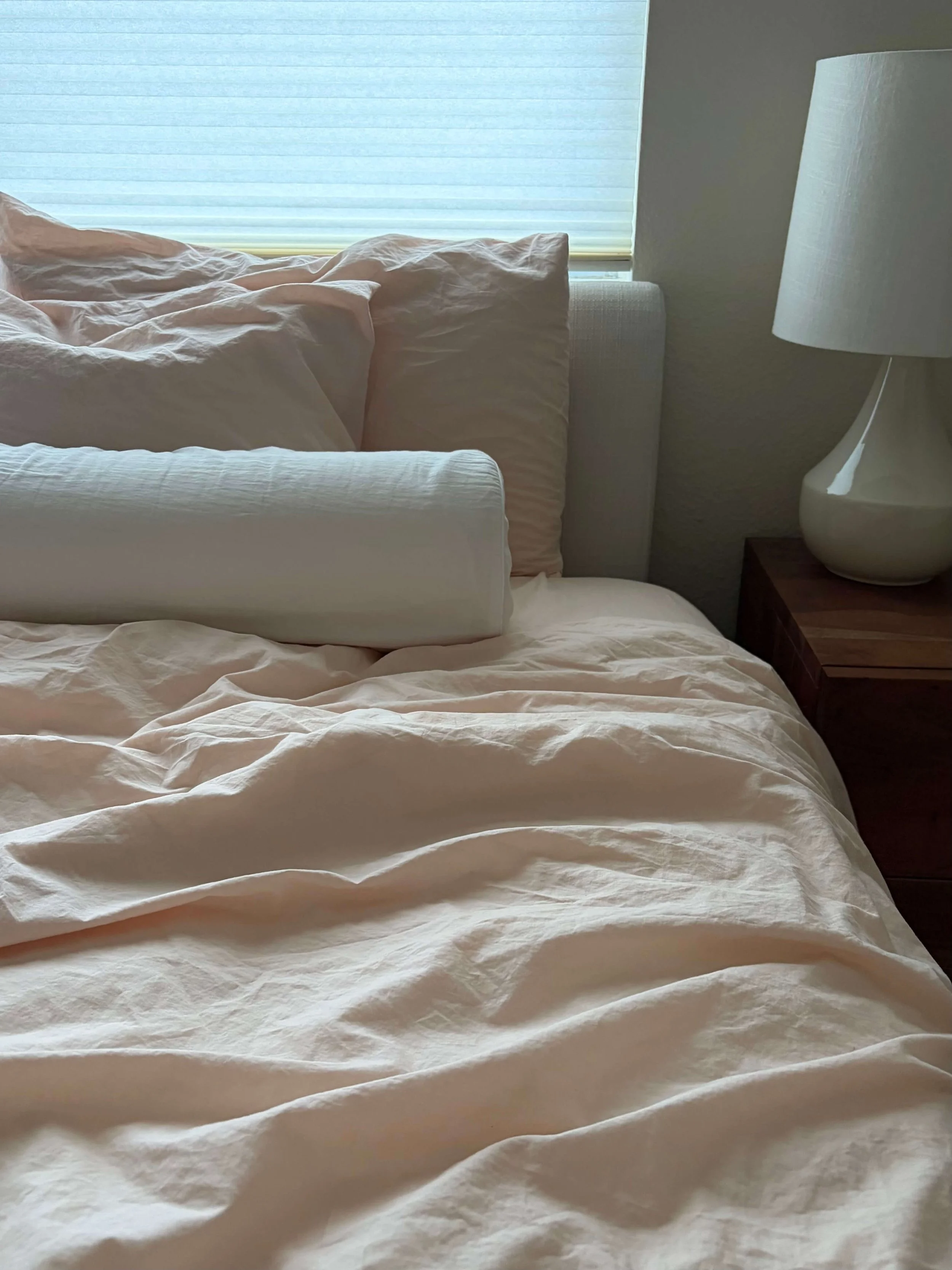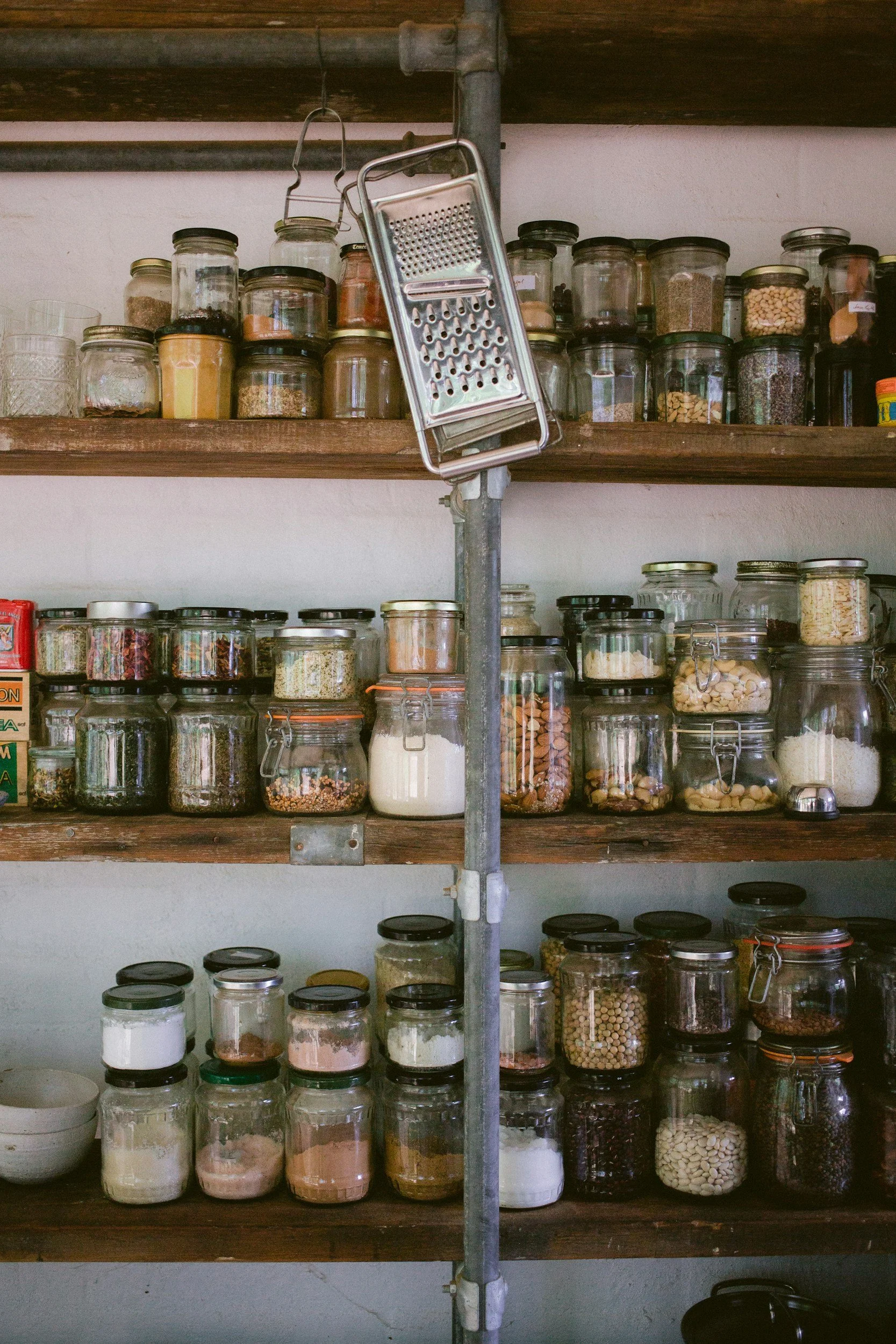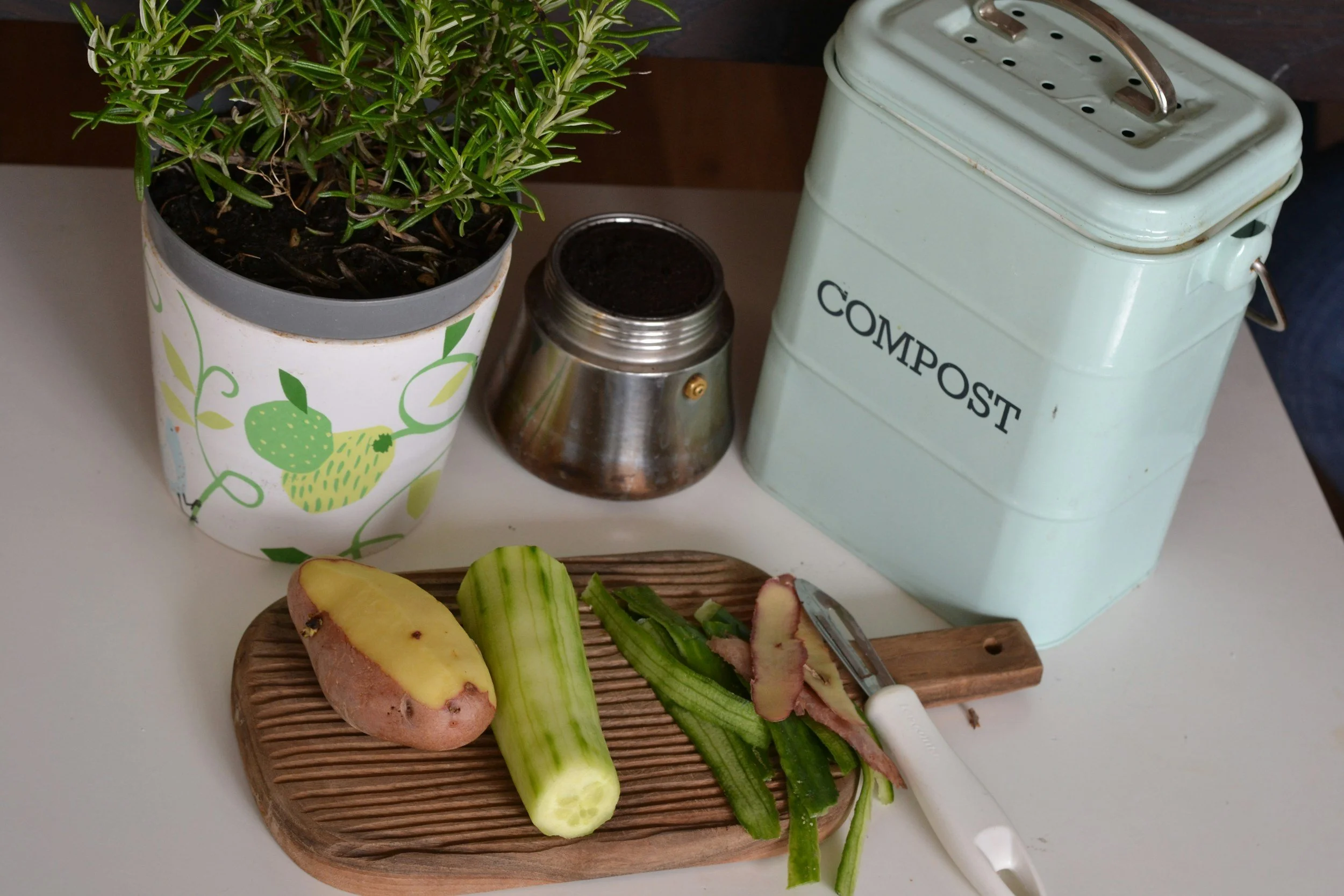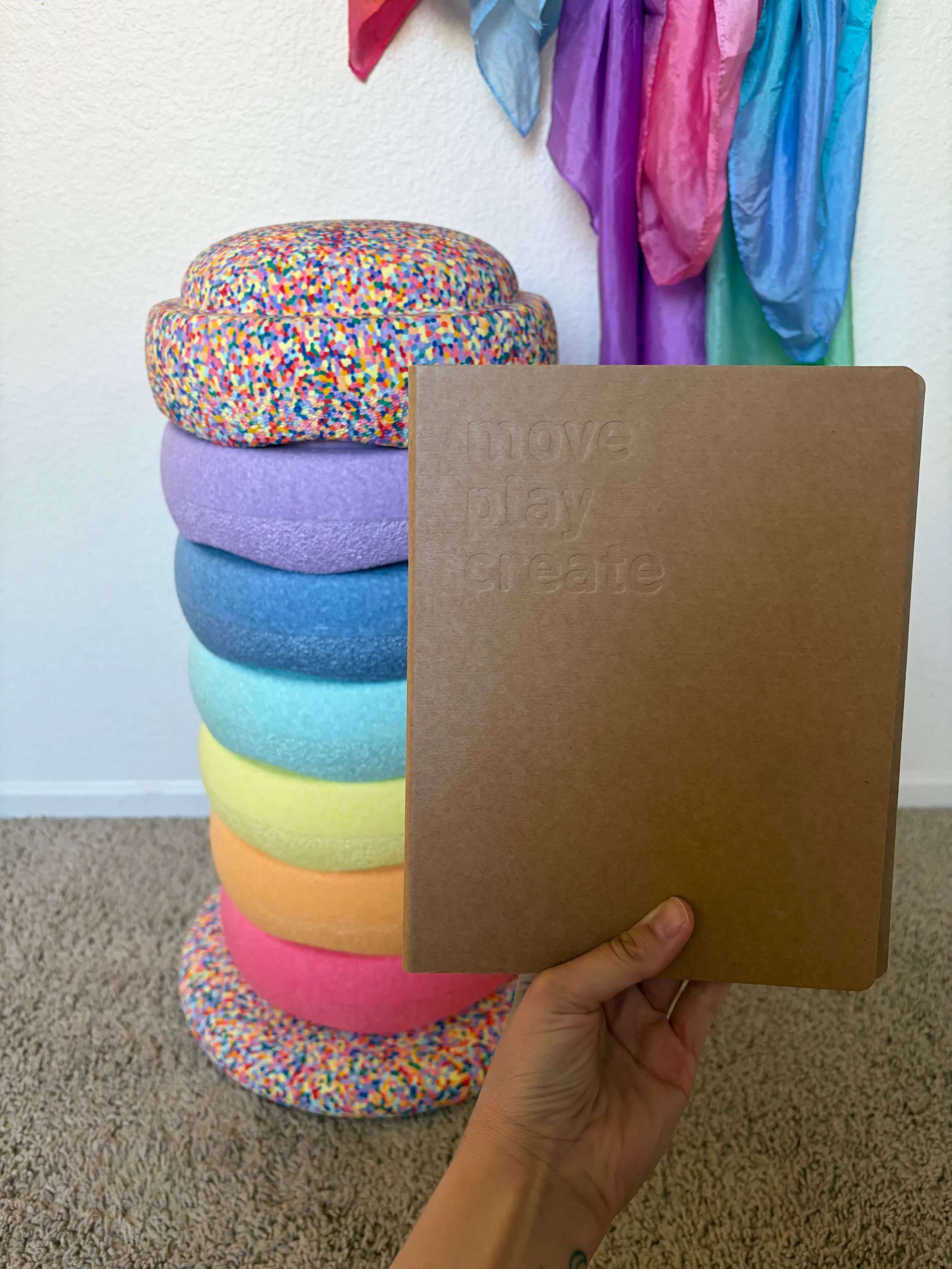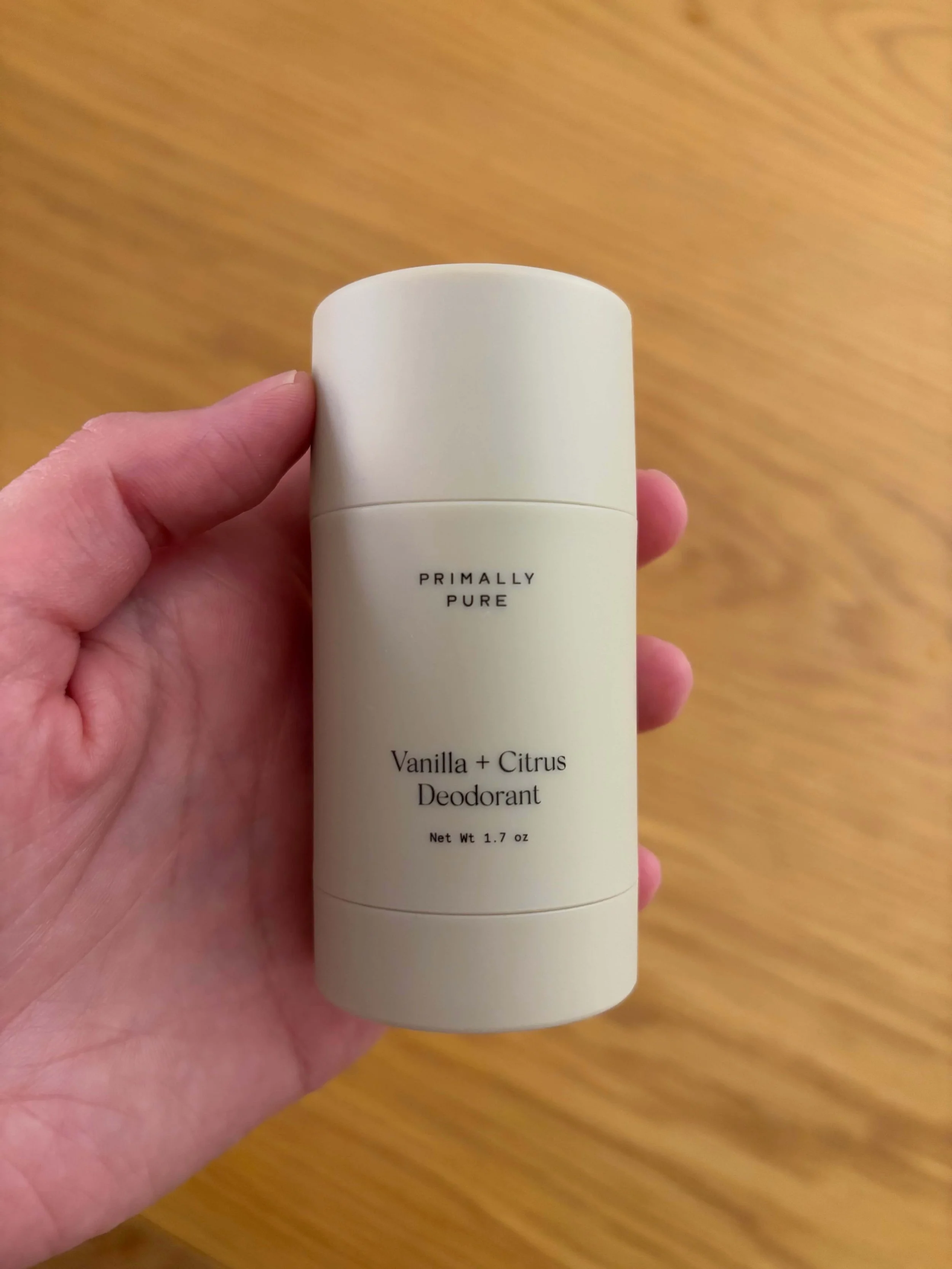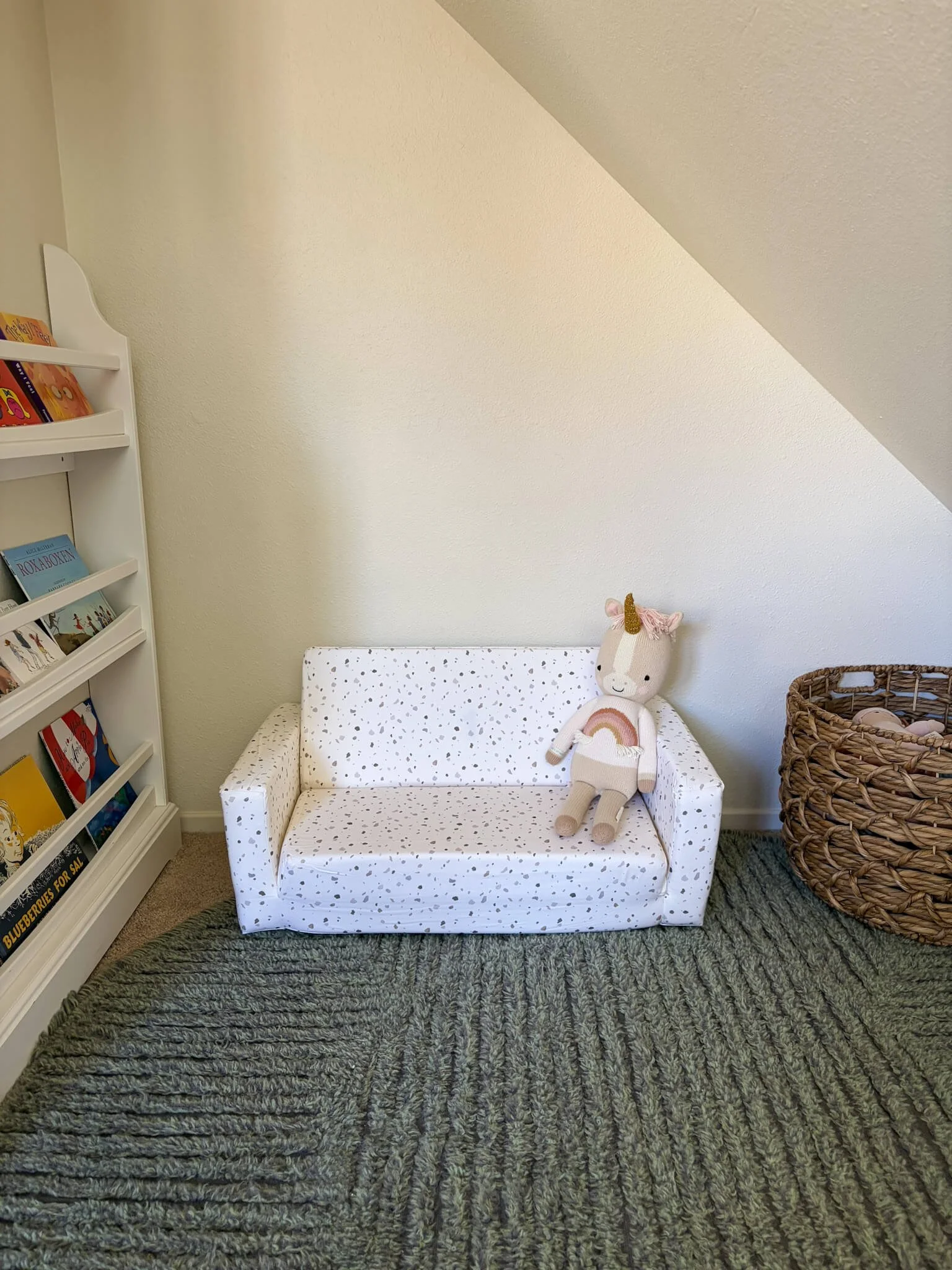How to Transition to a Non-Toxic Home Without Overwhelm

Switching to a non-toxic home can feel like a huge project. Between cleaning products, bedding, skincare, cookware, and toys, it’s easy to get stuck in analysis paralysis. When I started out, I remember feeling SO overwhelmed. In fact, I donated almost my entire closet because so much of it was polyester (I may or may not have stayed up until 3am doing this). I quickly learned that there was a better way, and that’s why I created this post for you.
The good news? You don’t need to do everything at once. With a simple, step-by-step approach, you can make meaningful changes without stress, guilt, or overspending.
If you’re just starting, check out part 1 of this non-toxic home series here.
Start Small: 5 Key Swaps That Make the Biggest Difference
Focus on the areas that have the highest impact on your family’s health and the environment:
Bedding and Sleep Spaces
Choose GOTS or OEKO-TEX certified comforters, sheets, mattresses, and pillows.
Avoid flame retardants and synthetic materials that off-gas.
Skincare and Personal Care
Switch to products with MADE SAFE or USDA Organic certifications (Primally Pure is one of my favorites).
Focus on daily essentials first (deodorant, moisturizer, sunscreen).
Cleaning Products
Replace synthetic cleaners with plant-based or fragrance-free options.
Start with high-use areas like the kitchen and bathrooms.
Cookware and Food Storage
Swap non-stick pans for stainless steel or cast iron
Avoid plastics that contain BPA, BPS, PFAS and phthalates.
Water and Air Quality
Install a simple water filter to reduce contaminants.
Open windows when possible and choose zero/low-VOC paints or furniture (look for Greenguard Gold certified).
Check out Certifications That Actually Matter so you can skip the greenwashing.
Mindset Tips to Avoid Overwhelm
Progress over perfection: You don’t need a 100% non-toxic home overnight (don’t stay up until 3am ridding your home of polyester like I did). Even one swap counts.
Batch your efforts: Focus on one category at a time — for example, start with bedding this month, then skincare next.
Use trusted brands: Stick with companies you know are transparent and certified to reduce decision fatigue.
Keep a list: Track swaps you’ve made and products you plan to replace. It feels empowering to see progress.
Free Checklist: Your Non-Toxic Home Starter Plan
Here’s a simple starter list to guide your first steps:
Switch to certified non-toxic bedding (GOTS or OEKO-TEX)
Replace daily skincare essentials with MADE SAFE/USDA Organic products
Swap one cleaning product per week for a plant-based alternative
Upgrade at least one cookware item to a safe material (say no to non-stick and yes to stainless steel)
Add a water filter or improve air ventilation
Starting small keeps the process manageable — and sustainable.
Final Thoughts
Transitioning to a non-toxic home doesn’t have to be overwhelming. By taking intentional, step-by-step actions and focusing on the areas that matter most, you can create a healthier, safer space for your family.
Every swap, no matter how small, is a win — and over time, those small wins add up to a fully non-toxic home that feels good, inside and out.
Quick Tips
Focus on high-impact areas first: bedding, skincare, cleaning, cookware, water/air.
Swap gradually to avoid overwhelm.
Stick with certified, transparent brands you trust.
Celebrate progress — every small change matters!
📖 Final Part of the 7 Days to a Non-Toxic Home Series
Day 1: How to Read a Non-Toxic Label
Day 2: Certifications That Actually Matter
Day 3: The Truth About Organic Products
Day 4: Greenwashing 101: How to Spot It
Day 5: What “Not Toxic” Really Means for Families
Day 6: Sustainable vs. Non-Toxic: Why Both Matter
Day 7: How to Transition to a Non-Toxic Home Without Overwhelm
Latest on the blog
Learn simple, realistic ways to reduce holiday waste and celebrate sustainably with your family.
Make this holiday season simpler, greener, and more meaningful with easy, non-toxic, sustainable swaps your family will actually use.
Discover why heirloom toys are worth the investment — from safer, non-toxic materials to thoughtful design and play that lasts for generations.
Looking for non-toxic and sustainable toys for kids? Explore our top holiday gift picks that spark creativity, learning, and imaginative play.
Discover the best non-toxic baking tools for family holiday fun. From glass mixing bowls to stainless steel pans, these safe, durable essentials make holiday baking with kids joyful, hands-on, and worry-free.
Create a slower, more intentional holiday season with mindful tips, stress-easing rituals, and gentle practices that help your family feel grounded and connected.
Discover the best sustainable, eco-friendly, and non-toxic stocking stuffers for kids — meaningful, useful, and thoughtfully chosen gifts for a calmer, more mindful holiday season.
Discover Quince’s eco-friendly winter essentials, from organic cotton sweaters and cardigans to a Responsible Down puffer and cozy cotton throw. Stylish, sustainable, and affordable — see how to stay warm responsibly this season.
Discover how slowing down, simplifying, and living intentionally can transform motherhood — and bring more peace to your days.
Help your kids grow up curious, capable, and kind to the planet. This gentle guide shares simple ways to teach sustainability and healthy habits through everyday moments.
Self-care doesn’t have to be complicated. Here’s how to create nourishing, non-toxic rituals that align with your values and fit real mom life.
Start your day with calm intention. These mindful morning ideas help moms create peaceful, non-toxic routines that support the whole family.
Discover simple ways to reduce toxins, calm your space, and create a home that feels peaceful and nurturing for your whole family.
Feeling stretched thin? Learn how to simplify your routines, let go of what’s not serving you, and create space for what matters most.
Forget perfection — mindful motherhood is about balance, not overwhelm. Here’s how to embrace clean living as a mom without the guilt or pressure.
Discover a 7-day guide to mindful motherhood. Learn practical ways to simplify routines, create a calm, non-toxic home, nurture yourself, and teach kids healthy habits — all without guilt or overwhelm.
Create a healthier, non-toxic home in seven simple steps. Learn to read labels, spot greenwashing, and make confident, low-stress choices for your family — one day at a time.
Sleep better with organic, non-toxic bedding. Discover safe materials, trusted certifications, and cozy, sustainable swaps for your healthiest night’s rest.
Discover why Nest Bedding’s organic sheets and washable wool comforter are the eco-friendly upgrade your sleep has been missing.
Ready to detox your home? Follow this simple step-by-step guide to create a non-toxic home — with easy swaps for bedding, skincare, cleaning, and more.
Sustainability and non-toxicity aren’t the same — but together, they’re powerful. Learn how to choose products that are safe for your family and the planet.
Understand what “non-toxic” really means for your home and family. Learn to identify hidden toxins, improve indoor air quality, and make safe, simple swaps.
Don’t be fooled by greenwashing. Learn the red flags of fake sustainability, what real transparency looks like, and how to choose brands that mean what they say.
“Organic” doesn’t always mean safe. Find out what organic really means for food, skincare, and textiles — and how to tell when a product is genuinely clean.
Not all eco labels are created equal. Learn which non-toxic and sustainable certifications truly matter — from GOTS to MADE SAFE — and which to skip.
Learn how to read non-toxic labels with confidence. Discover what ingredient lists, certifications, and marketing claims really mean so you can shop safer.
Discover why Stapelstein is one of the best non-toxic toys for young children. Made from safe, eco-friendly materials, this open-ended toy inspires creativity, active play, and endless imagination.
Struggling with postpartum body odor? Learn why Primally Pure is the best deodorant for new moms—safe, clean, and effective.
Discover the 20 best Montessori books for parents in 2025—honest reviews, practical tips, and guides on the Montessori method for home and school.
Choosing non-toxic, eco-friendly seating for your kids doesn’t have to be complicated. Find out why the Toki Kids play couch and bean bag are our #1 choice!







